Assessing Liquid Waterproofing Membranes: How do They Measure Up?
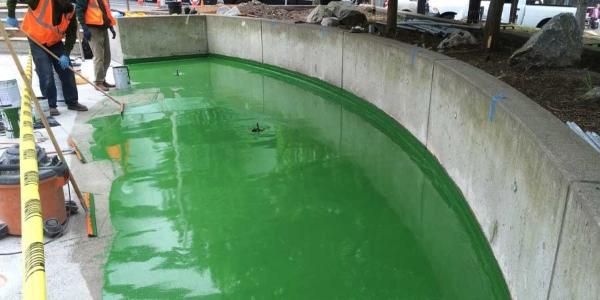
By GCP.
Make the right material choices to optimize waterproofing on horizontal decking applications.
With so many options when it comes to waterproofing horizontal decking applications such as concrete balconies and covered roofs, it is necessary to evaluate the proper materials needed to achieve performance in the application. After all, we know that a waterproofing system is a complex balancing act. Read on for GCP ‘s guide onto evaluations of the various liquid waterproofing membranes.
Cold-applied versus Hot-applied waterproofing
For safety reasons, many contractors have shifted from applying hot rubberized asphalt to cold-applied liquid waterproofing. The latter products eliminate the need for high temperature, double-jacketed kettles. In addition, cold-applied products are faster to apply because the membrane can be applied in a single pass and does not always require a reinforcement fabric. This move not only improves jobsite efficiency and safety, it can eliminate the added permitting and red tape that’s often involved with hot work on a jobsite.
Among many cold-applied waterproofing technologies available in the market, polyurethane/polyurea has been widely used. Polyurethane and polyurea are very versatile, with performance characteristics unequaled by other materials.
Single versus dual-component cold-applied waterproofing
There are single- and dual- component products in the polyurethane and polyurea families. While there are some single-component coating and sealants on the market, they tend to be sensitive to moisture, prone to pinhole and blister formation, and lack the adhesion properties needed for true waterproofing. Two-component polyurethane/polyurea technology has many benefits over single-component solutions. Notably, they have less moisture sensitivity, speed of reaction, faster installation and quicker return to service.
Polyurea technology is relatively insensitive to moisture compared to polyurethane and polyurethane/polyurea hybrids during installation since the amine – isocyanate reaction in polyurea tends to be faster than the hydroxyl – isocyanate reaction common in polyurethane and hybrid systems. This means that polyurea systems cure faster, which can help contractors complete their work faster. Polyurethane/polyurea hybrids and polyurethane systems require catalysts to control the reaction. A catalyst could speed up the reaction with water, resulting in foaming, lower density, porosity and poor performance.
Although polyurea systems in general exhibit similar physical and chemical resistance properties to comparably formulated polyurethane/polyurea hybrids and polyurethanes, polyurea systems provide better resistance to high pH due to the nature of the polyurea backbone. This is critical for waterproofing membranes to protect the concrete structure when consistently in contact with water.
There are a large variety of formulation possibilities involved with achieving the ideal physical, chemical resistance, and long-term waterproofing performance. For example, the soft segment length and soft/hard segment ratio of the membrane impacts physical properties such as tensile strength and flexibility, while the viscosity of the coating can impact its ease of application.
The selection of proper raw materials for the waterproofing system is a complex balancing act and is required to achieve performance in the application. SILCOR® waterproofing is a two-component polyurea formulated to optimize waterproofing protection as well as long-term durability and is a superior choice in many scenarios.
Learn more about GCP in their RoofersCoffeeShop® Directory or visit gcpat.com.
Original article source: GCP
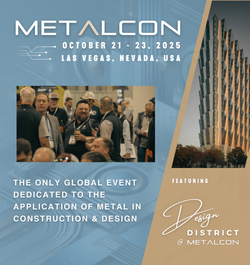



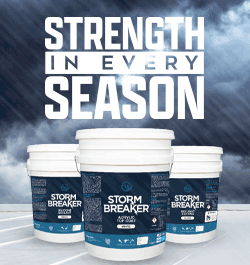








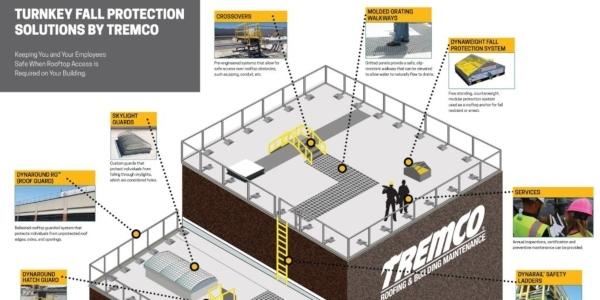
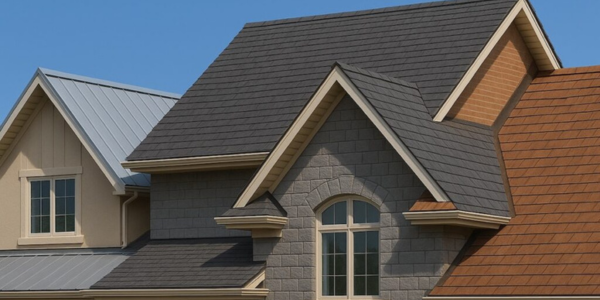






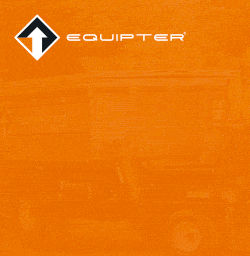
Comments
Leave a Reply
Have an account? Login to leave a comment!
Sign In